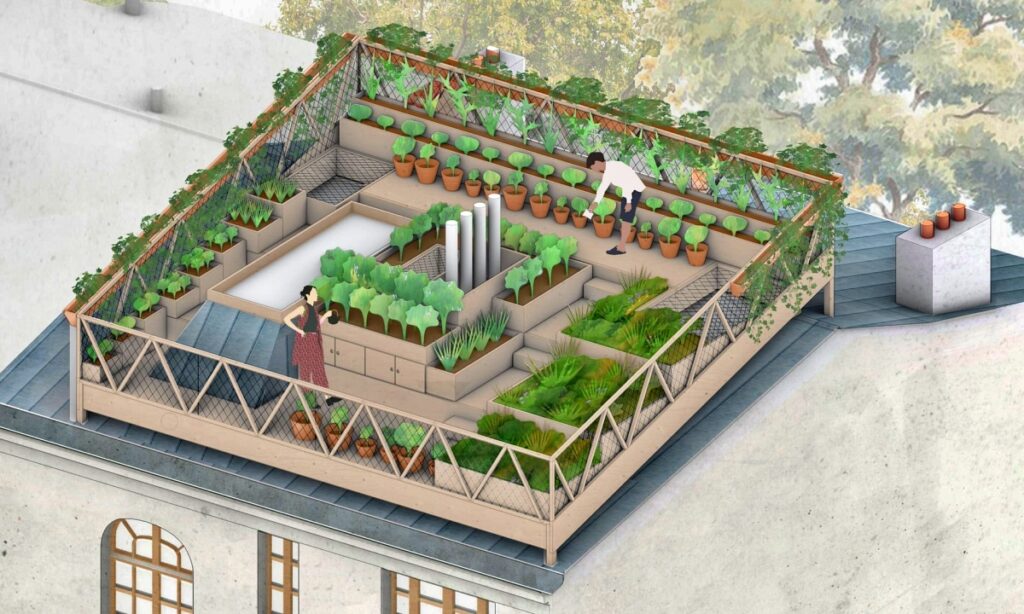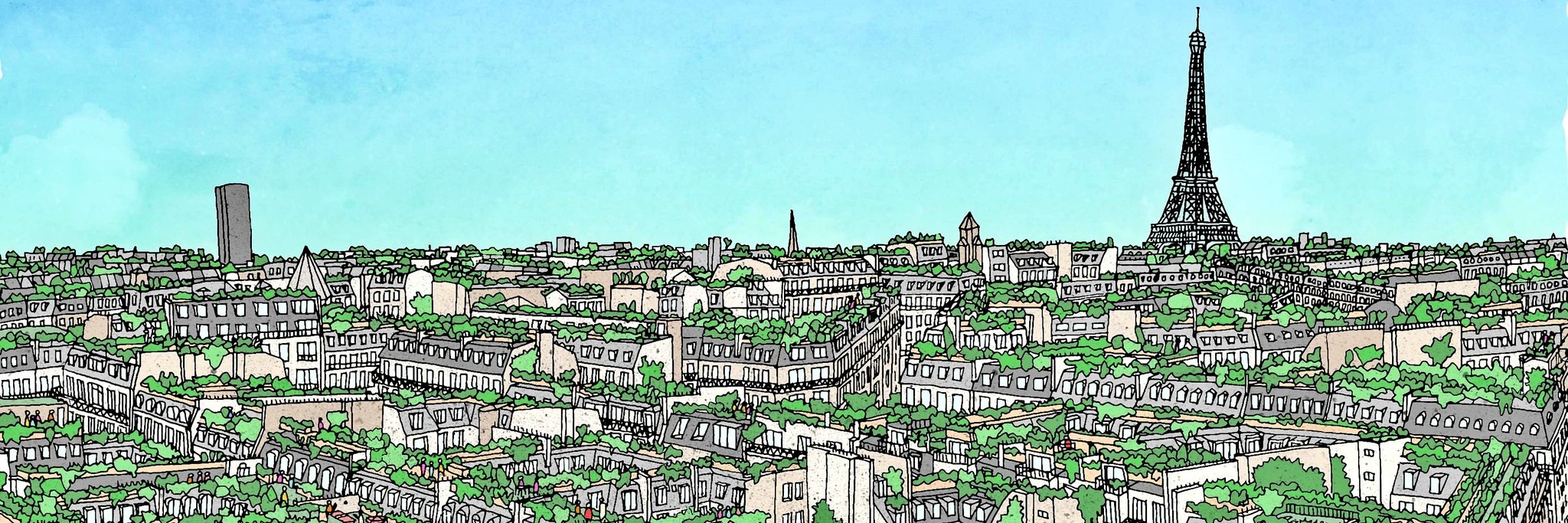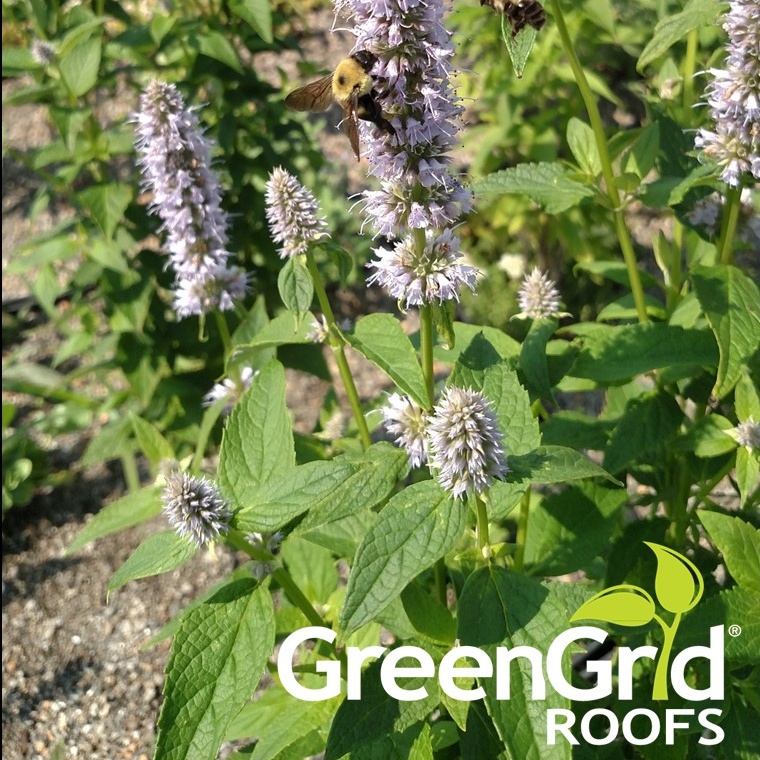Kim Willsher of The Guardian writes:
From the roof of the eight-floor residential building in Paris’s 16th arrondissement, you can see the Eiffel Tower and the Arc de Triomphe. It’s the space between these icons, however, that the Roofscapes team have marched me up the stairs to see; the zigzagging roofs that make up a vast area of unused, ignored and mostly unseen space.
This is what Eytan Levi, Tim Cousin and Olivier Faber believe could be key to preventing the city from overheating after a series of sweltering summers when temperatures in the French capital reached a record high of 42.6C.
Despite a campaign a few years back to have these roofs declared a Unesco world heritage site, most people will have only seen Paris’s celebrated grey zinc roofs from the dizzying TikTok videos made by daredevil freerunners.
Architecture trio says adding roof terraces to French capital’s buildings could boost biodiversity and tackle summer heat
But as officials and scientists scrabble to find solutions to rising temperatures and to promote biodiversity in densely populated metropoles with limited open spaces – Paris is the seventh most crowded city in the world with a well-documented lack of parks – it seems increasingly clear, the answer, or part of it, is up.
It would not be the first city to begin to make use of its roofs for climate solutions. Zurich has had a mandatory green-roof programme for all flat roofs on new buildings not used as terraces since 1991; Linz in Austria has required green roofs since 1984 and has one of the densest green-roof areas in the world, with about 2.7m2 a citizen. Rotterdam also has a thriving Rethinking Rooftops movement.
Paris, however, presents a particular challenge. An estimated 70-80% of the French capital’s buildings – about 110,000 properties – have zinc roofs that not only actively contribute to rising temperatures by absorbing the sun’s heat, but also slope, which means doing anything with them is something of what the French call a casse-tête (headache).
The Roofscapes team suggests overcoming this with wooden platforms fixed across the sloping panels to create roof gardens, terraces and even walkways. These, they say will have a triple benefit of stopping the metal overheating, thus lowering temperatures in the city, increasing biodiversity and creating outdoor spaces for residents.

An illustration showing how a Roofscapes wooden platform could be constructed above a sloping zinc roof. Illustration: Roofscapes Studio
Read more: From grey to green: the plan to turn Paris’s zinc rooftops into gardens
 Greenroofs.comConnecting the Planet + Living Architecture
Greenroofs.comConnecting the Planet + Living Architecture









